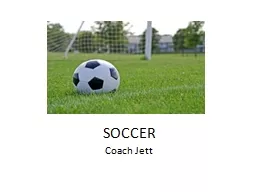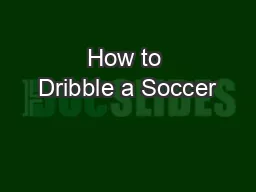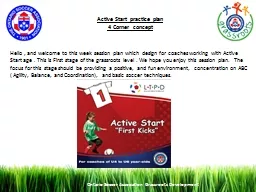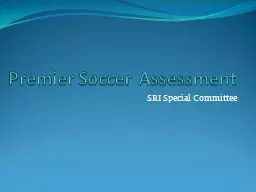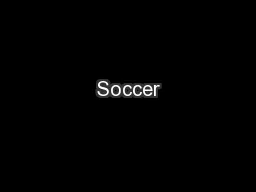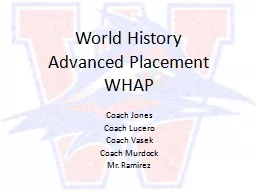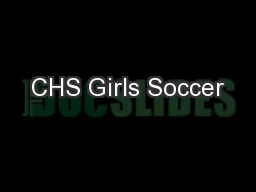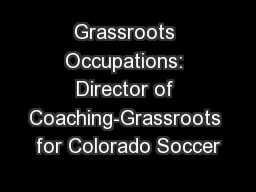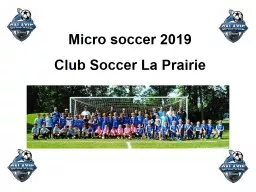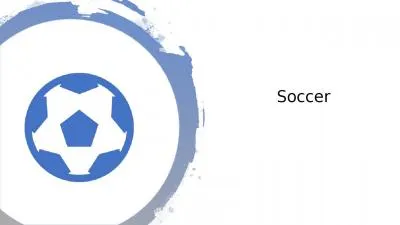PPT-SOCCER Coach Jett History Of Soccer
Author : liane-varnes | Published Date : 2018-12-06
Soccer was started in the early third and second centuries BC It was used by the Han Dynasty as a exercise for their military They called it Cuju They would take
Presentation Embed Code
Download Presentation
Download Presentation The PPT/PDF document "SOCCER Coach Jett History Of Soccer" is the property of its rightful owner. Permission is granted to download and print the materials on this website for personal, non-commercial use only, and to display it on your personal computer provided you do not modify the materials and that you retain all copyright notices contained in the materials. By downloading content from our website, you accept the terms of this agreement.
SOCCER Coach Jett History Of Soccer: Transcript
Download Rules Of Document
"SOCCER Coach Jett History Of Soccer"The content belongs to its owner. You may download and print it for personal use, without modification, and keep all copyright notices. By downloading, you agree to these terms.
Related Documents

